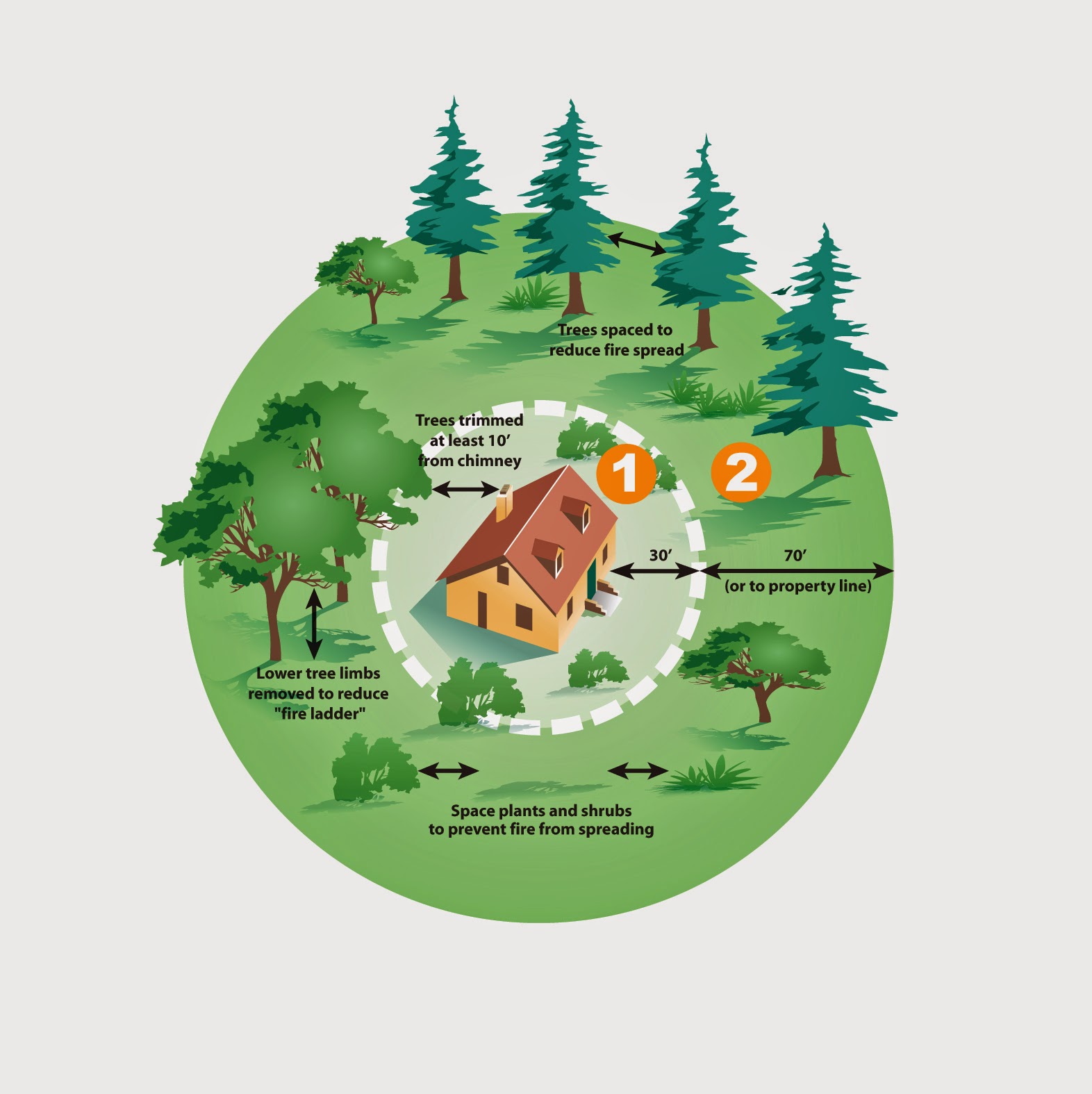 |
| Photo CO-Horts |
Here are a few fun facts about tomatoes:
- The tomato plant originates from the family of Nightshade plants (potato, tobacco, chili peppers) in Central America. It was domesticated around 500 BC by Aztecs and used not only as a food, but also as powerful (and dangerous) hallucinogenic.
- It is speculated that there is over 25 thousand tomato varieties.
- Americans obtain more vitamins from tomatoes than from any other vegetable.
- An average American eats around 24 pounds of tomato each year.
- Americans have increased their tomato consumption 30% over the last 20 years. In the last few years however, salsa has replaced ketchup as the top selling condiment in the United States.
It’s finally time to plant tomatoes here along the Front Range in Colorado and this CSU Fact Sheet has all the information you need to have a great tomato crop:
Interested in container grown tomatoes? Try this video:
Other interesting Tomato Facts can be found at http://www.vegetablefacts.net/vegetable-facts/tomato-facts/
Happy gardening!









